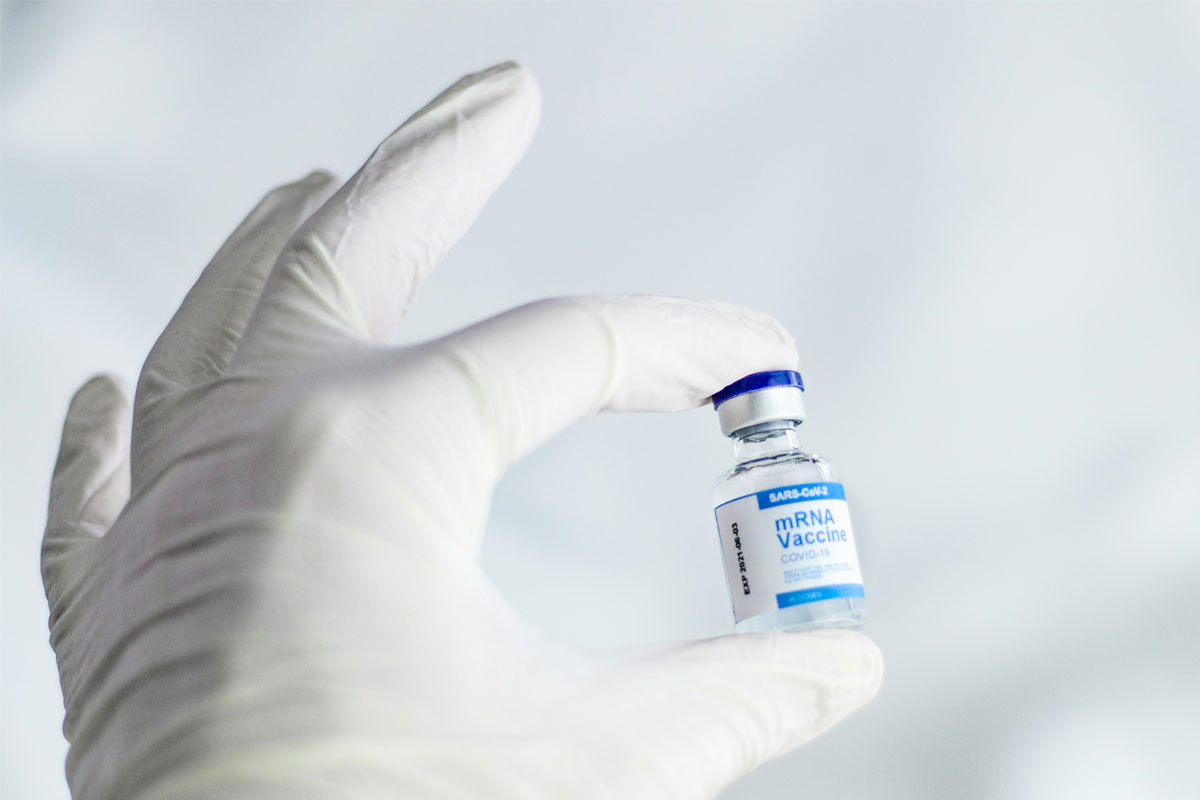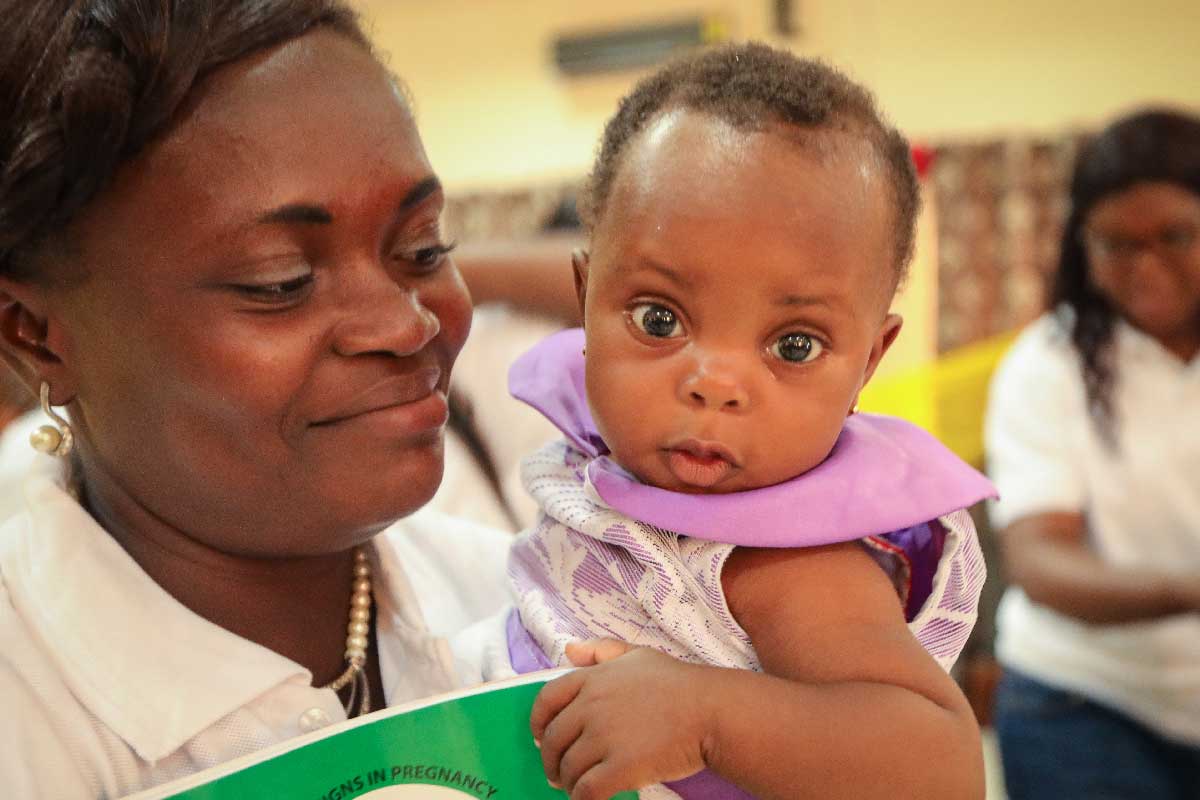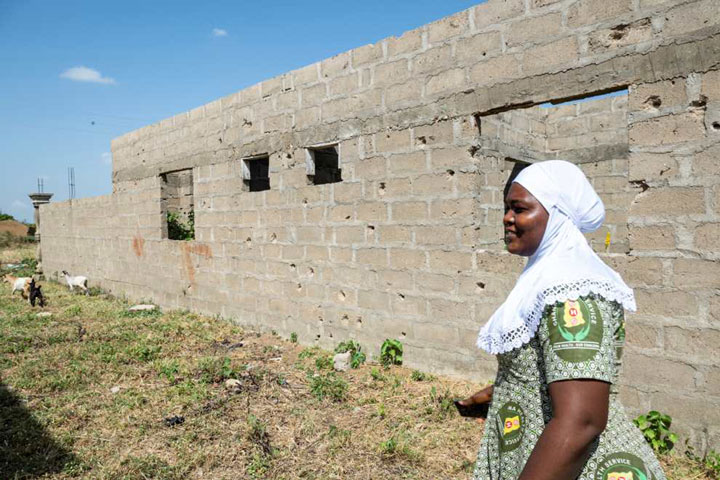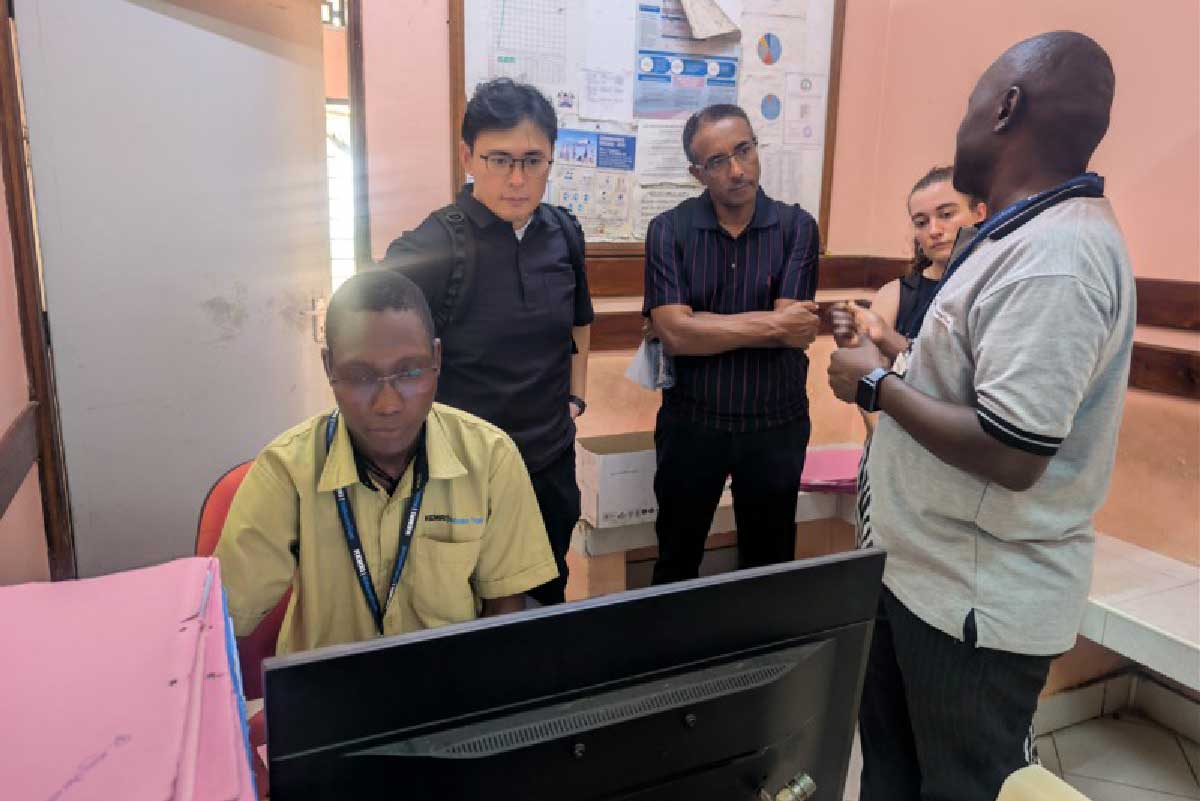Do COVID-19 tests still work?
Got the symptoms but still testing negative? As Linda Geddes recently found out, your symptoms aren't necessarily the best guide to when you’re most infectious with COVID-19.
- 10 February 2025
- 5 min read
- by Linda Geddes
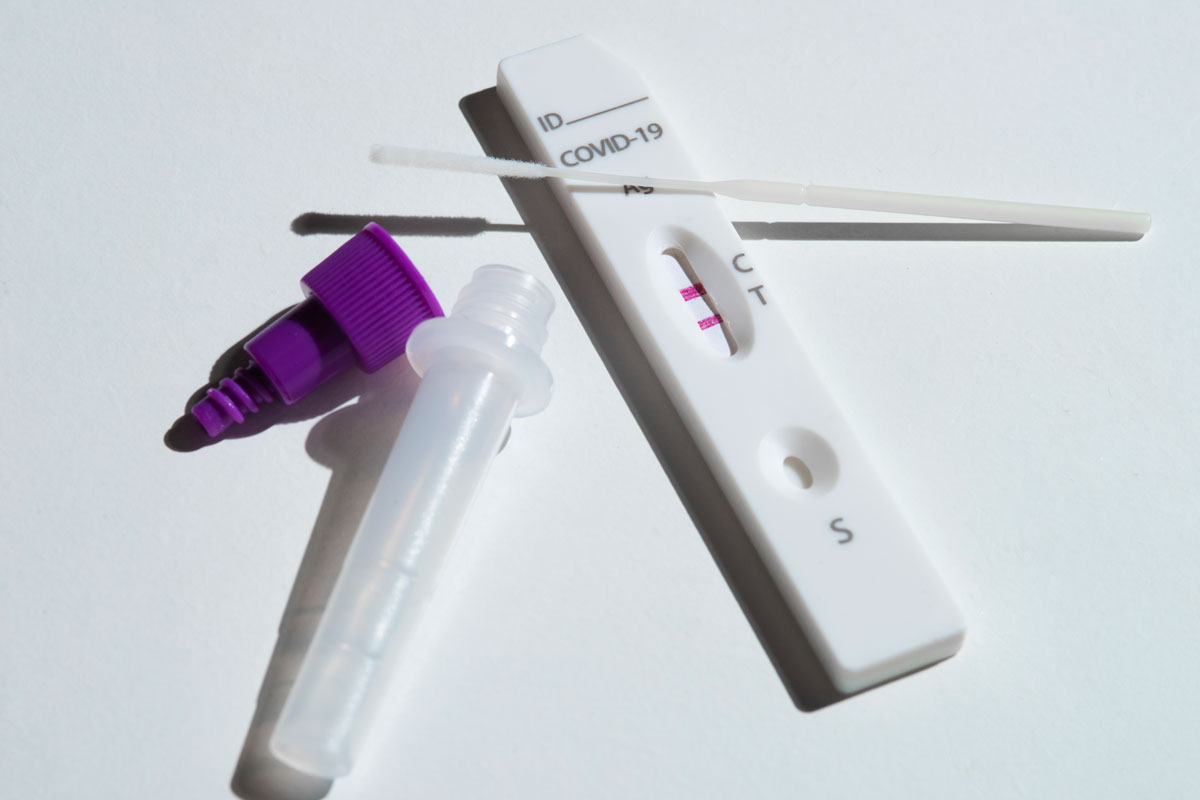
We may be done with COVID-19, but SARS-CoV-2 isn’t done with us. With many northern hemisphere countries experiencing a ‘quad-demic’ of flu, COVID-19, RSV and norovirus this winter, people may be wondering which of these illnesses they have.
In the past, it was relatively simple to confirm whether symptoms such as fever, losing your sense of smell and cough were the result of COVID-19 using a lateral flow test (LFT) – also known as a rapid antigen test.
However, increasingly, it is possible to have these symptoms and still test negative, as I discovered for myself last week.
I had all the cardinal symptoms and recorded an extremely faint positive line on a LFT on my first day of severe symptoms (I’d been mildly ill for two days before this). But then I had a negative result on every subsequent day, despite being very unwell for a further four days.
This can create challenges if you’re relying on a COVID-19 test to predict whether you're still likely to be infectious to other people. For instance, previous UK guidance suggested that people could stop self-isolating if they’d had two negative lateral flow tests taken on day six and day seven after their symptoms started.
So, what could a stubbornly negative COVID-19 test mean, when all the other signs strongly suggest you do have the infection?
Negative results
One possibility is that you genuinely don’t have COVID-19, and your symptoms are the result of influenza, RSV or some other respiratory virus instead.
“Other viruses can also lead to loss of smell,” said Dr Nira Pollock, an associate professor of pathology and co-director of the Infectious Diseases Diagnostic Laboratory at Boston Children's Hospital in Massachusetts, US.
Even if you’ve been in close contact with someone with confirmed COVID-19, you could have caught a different virus from someone else – or even be infected with two viruses simultaneously – particularly when there are so many viruses circulating at once.
Another possibility is that you haven’t collected your sample correctly or there isn’t yet enough virus to be detected using a lateral flow test.
These kits are most sensitive at identifying positive results when people have high viral concentrations. Early in the pandemic viral loads usually peaked at the onset of symptoms and then steadily decreased, however this pattern may have altered in populations with high levels of immunity due to COVID-19 vaccines and/or repeated reinfections.
This is because immune systems with experience of a pathogen such as SARS-CoV-2 respond to it more quickly than naive immune systems do.
Rather than being directly caused by the pathogen, “disease symptoms are in large part mediated by an effective immune response, and because that immune response ignites very, very early during infection, it has anecdotally become quite common for people to report symptoms before their tests turn positive,” said Prof Joshua Schiffer, an infectious disease physician and researcher at the Fred Hutch Cancer Center in Seattle, US.
Indeed, when Pollock and her colleagues investigated this possibility in 348 such individuals who caught COVID-19 between April 2022 and 2023, they found that their viral loads tended to peak around four days after the onset of symptoms. Levels of influenza virus, on the other hand, usually peaked at the beginning of people’s symptoms.
Referring to my own experience, Pollock said that it was also possible to have COVID-19 but to have a low SARS-CoV-2 viral load in the upper part of your throat. This means that it would remain under the threshold for a positive rapid test throughout the course of your symptoms.
Inter-individual variability
Schiffer warned that symptoms have never been a particularly good indicator of infectiousness for SARS-CoV-2, because they don't necessarily correlate with the amount of virus in your body.
Neither is there one hard-and-fast rule that applies to everyone. In 2024, Schiffer and his colleagues published research suggesting that there may be six distinct viral shedding patterns for adults infected with SARS-CoV-2.
“In some of them, the virus would peak at a much higher viral load than in other people – like 1,000 times higher, which means 1,000 times more contagious,” said Schiffer.
“Some people would shed the virus for several weeks; some people would only shed it for four or five days; and there was definitely a pattern with the Omicron infections in the cohort – keeping in mind that most of those people were vaccinated and/or had been infected before – where we tended to see more rapid elimination of the virus and lower viral loads overall.
“What that told us was that there was clearly a diverse relationship that people’s immune systems were having with the virus, and some were able to clear it much more quickly and effectively than others.”
Because of this variability, Schiffer warns against using a lateral flow test to definitively diagnose COVID-19 – particularly if you’re near the beginning of an infection: “If it's negative, and you feel like you might have COVID-19, there's a good chance it will return positive in the next few days – although there are so many other circulating viruses right now that you may well be contagious with something else.”
A series of positive tests that then begin to turn negative could be a more useful guide. “In that context, I think you’re very unlikely to be contagious,” Schiffer said. However, this may not be practical for many people and at-home testing for other respiratory viruses is not widely available.
Have you read?
Isolation period
The US Centers for Disease Control and Prevention (CDC) recently updated its Respiratory Virus Guidance to recommend that people stay at home and away from others until at least 24 hours after both their symptoms are getting better overall, and they have not had a fever (and are not using fever-reducing medication).
Even then, it encourages taking precautions over the next five days, such as wearing a well-fitting mask, increasing ventilation, practising enhanced hygiene and keeping a distance from others.
